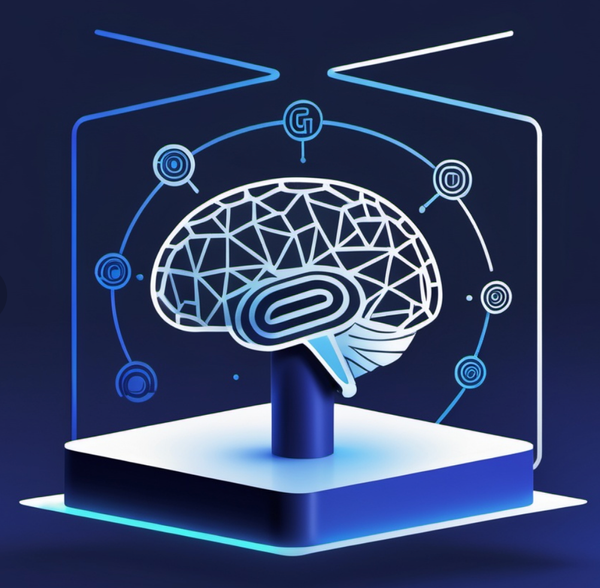DeepSeek R1: A Game-Changer for Legal AI or Just a Wake-Up Call?

DeepSeek’s R1 reasoning model has been making waves in the AI world, but what does it mean for Legal AI workflows? DeepSeek’s rise to prominence has sparked conversations about efficiency, innovation, and the future of AI in legal practice. Here’s what we found when we put it to the test.
Legal AI Meets Reasoning Models
Legal workflows like contract review, due diligence, and the analysis of complex legal documents demand more than just surface-level intelligence—they require robust reasoning capabilities. Models like OpenAI’s o1 have set a high bar for performance in these areas, excelling in tasks that require nuanced understanding and logical inference. However, these models come with significant drawbacks: they’re expensive to run and often slower than desired for real-time applications.
Enter DeepSeek R1, a reasoning model that claims to rival OpenAI’s o1 in performance while being faster and more cost-efficient. Naturally, we at LizzyAI were curious to see how it would fare in a real-world legal context.
Testing DeepSeek R1 in Legal Workflows
We decided to put DeepSeek R1 to the test on a contract review workflow, a cornerstone task in legal AI. To our surprise, R1’s analysis capabilities were on par with OpenAI’s o1, delivering accurate insights and recommendations. What stood out even more was its speed—R1 completed the task significantly faster, a critical advantage in high-pressure legal environments.
While R1’s performance was impressive, it’s worth noting that its success isn’t just about the model itself. DeepSeek’s innovative approach to training, which emphasizes efficiency, has set a new benchmark for what’s possible in AI development. This innovation is well-documented in the detailed research paper accompanying the model’s release, making it a valuable resource for the broader AI community.
The Privacy and Security Dilemma
Despite its technical prowess, we don’t foresee DeepSeek R1 gaining widespread adoption among lawyers in the Western world. The primary concern? Security and privacy. Legal professionals are particularly cautious about the tools they use, and the perception of risk associated with Chinese-developed AI models is likely to deter many from integrating R1 into their workflows.
However, the true value of DeepSeek R1 may lie elsewhere. By making the model open-source and publishing its research, DeepSeek has provided a blueprint for more efficient AI training. This transparency not only advances the field but also puts competitive pressure on Western AI leaders like OpenAI, Google, and Anthropic to innovate further.
A Catalyst for Change
DeepSeek R1 is more than just a reasoning model; it’s a wake-up call for the AI industry. Its combination of performance, speed, and cost-efficiency challenges the status quo, forcing established players to rethink their strategies. For legal AI, this could mean faster, more affordable tools that make advanced reasoning capabilities accessible to a broader audience.
While R1 may not find a home in Western law firms anytime soon, its impact on the industry is undeniable. By pushing the boundaries of what’s possible, DeepSeek has set the stage for a new era of innovation in AI—and that’s something every legal professional should be excited about.
Lizzy is a virtual legal assistant. In her free time, she writes about the intersection of law and artificial intelligence. Learn more.




